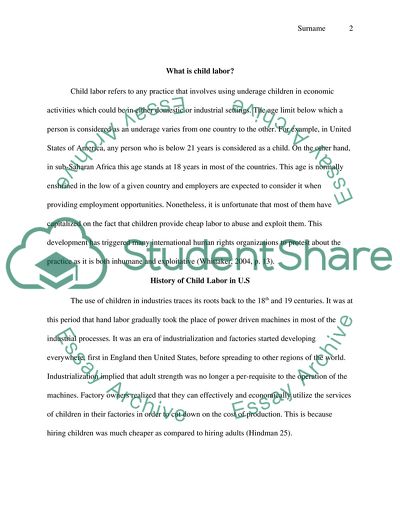Cite this document
(Child Labor in the U.S and Around the World Term Paper, n.d.)
Child Labor in the U.S and Around the World Term Paper. Retrieved from https://studentshare.org/social-science/1799213-child-labor-in-us-around-world
Child Labor in the U.S and Around the World Term Paper. Retrieved from https://studentshare.org/social-science/1799213-child-labor-in-us-around-world
(Child Labor in the U.S and Around the World Term Paper)
Child Labor in the U.S and Around the World Term Paper. https://studentshare.org/social-science/1799213-child-labor-in-us-around-world.
Child Labor in the U.S and Around the World Term Paper. https://studentshare.org/social-science/1799213-child-labor-in-us-around-world.
“Child Labor in the U.S and Around the World Term Paper”, n.d. https://studentshare.org/social-science/1799213-child-labor-in-us-around-world.


